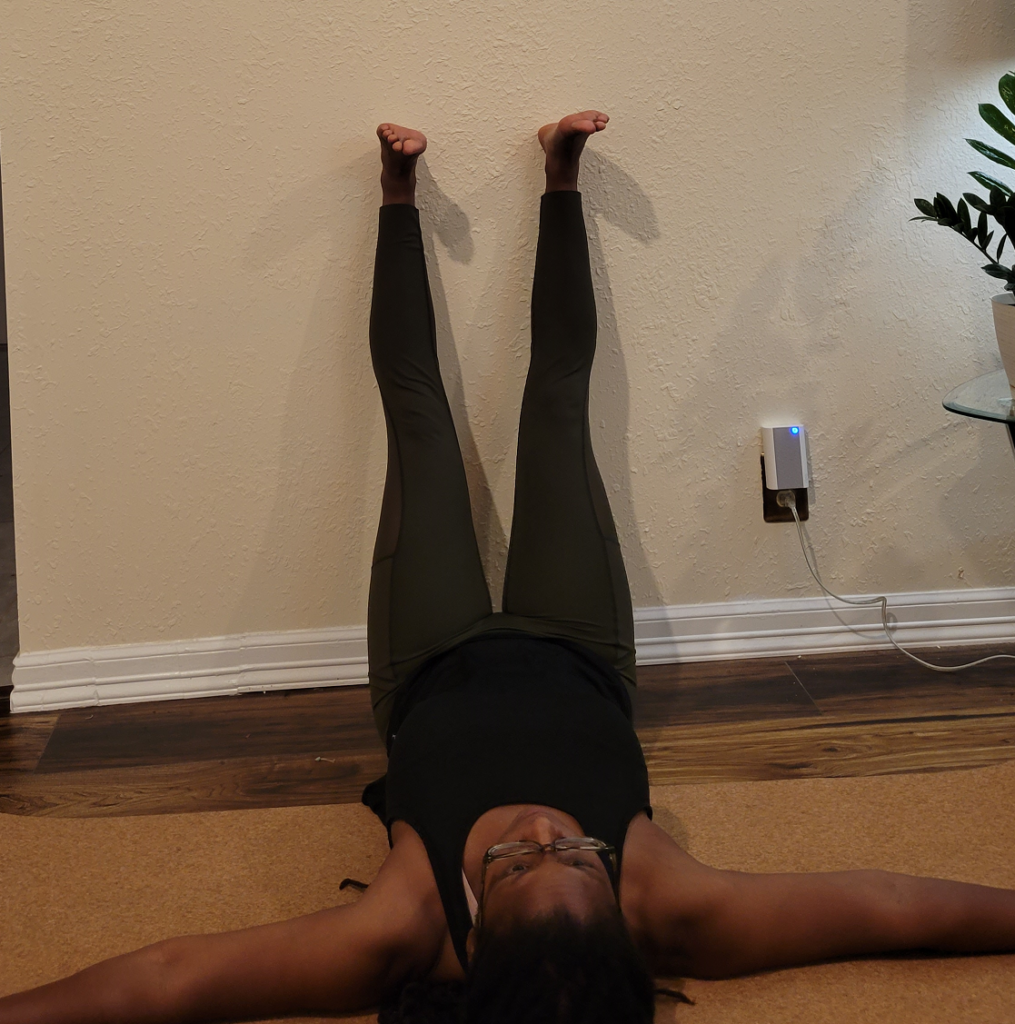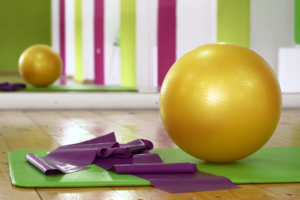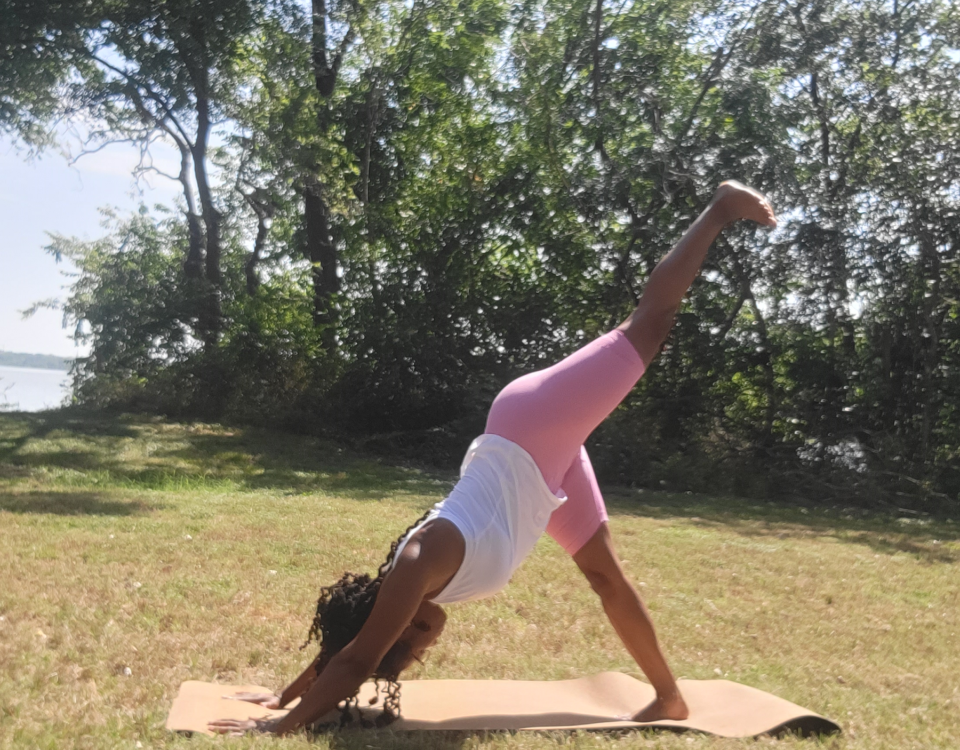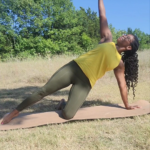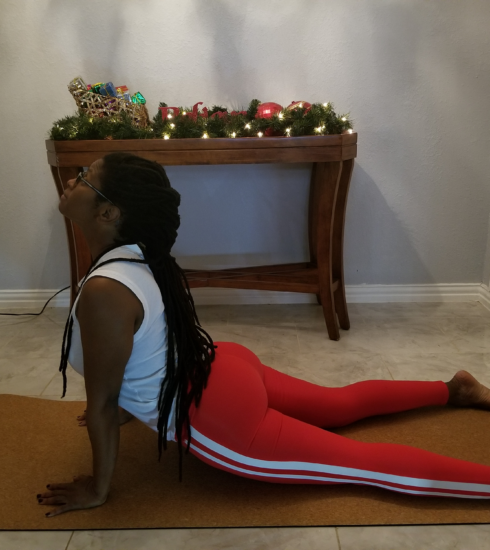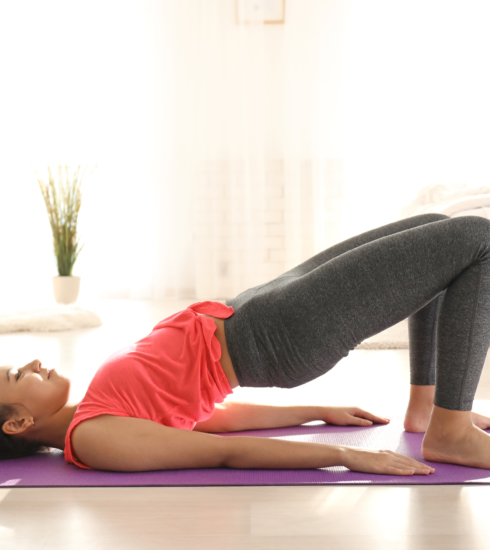Yoga Inversions
Among yoga’s many practices, inversion poses stand out as a unique and powerful tool for transformation. Inversions, which involve positioning the body so that the head is below the heart, range from gentle poses like Downward Dog to more advanced postures like Headstand and Handstand. While they may seem intimidating at first, these poses offer a wealth of benefits that make them worth exploring. Discover why incorporating inversions into your yoga practice can be a game-changer for your health and well-being.
1. Improved Circulation
One of the most immediate benefits of inversion poses is their ability to enhance blood circulation. When you invert your body, gravity helps to reverse the flow of blood, allowing it to flow more easily toward the heart and brain. This can help oxygenate the blood, improve nutrient delivery to cells, and promote overall cardiovascular health. Over time, better circulation can lead to increased energy levels, reduced fatigue, and a healthier complexion.
2. Boosted Lymphatic Drainage
The lymphatic system, which plays a crucial role in immune function and detoxification, relies on movement and gravity to function effectively. Inversions stimulate the flow of lymph fluid, helping to remove toxins and waste from the body. This can strengthen the immune system, reduce inflammation, and promote faster recovery from illness or injury.
3. Enhanced Mental Clarity and Focus
Inversions increase blood flow to the brain, which can improve cognitive function, focus, and mental clarity. Many practitioners report feeling a sense of calm and mental rejuvenation after practicing inversions. This is partly due to the activation of the parasympathetic nervous system, which helps reduce stress and promote relaxation.
4. Strengthened Core and Upper Body
Inversion poses require significant engagement of the core, arms, shoulders, and back muscles. Regular practice can lead to increased strength and stability in these areas. Poses like Headstand and Handstand are particularly effective for building upper body strength, while poses like Forearm Stand challenge the core and improve balance.
5. Improved Balance and Coordination
Balancing upside down requires focus, control, and body awareness. Over time, practicing inversions can enhance your proprioception (the sense of where your body is in space) and improve overall coordination. This can translate to better performance in other physical activities and reduce the risk of falls or injuries in daily life.
6. Stress Relief and Emotional Balance
Inversions have a unique way of shifting your perspective—literally and figuratively. Turning your world upside down can help you see things from a new angle, both physically and mentally. This shift can be incredibly grounding and calming, helping to alleviate stress and anxiety. Additionally, inversions stimulate the pituitary and pineal glands, which regulate hormones and contribute to emotional balance.
7. Spine Health and Posture Improvement
Inversion poses gently decompress the spine, creating space between the vertebrae and relieving pressure on the discs. This can help alleviate back pain, improve posture, and increase spinal flexibility. Poses like Shoulder Stand and Legs-Up-The-Wall are particularly beneficial for spinal health.
Stay Safe
- Start with gentle inversions like Downward-Facing Dog or Legs-Up-The-Wall before progressing to more advanced poses.
- Use props like blocks, straps, or a wall for support and stability.
- Practice with a qualified instructor to ensure proper alignment and technique.
- Listen to your body and avoid inversions if you have conditions like high blood pressure, glaucoma, or neck injuries.
Inversion poses
Downward Dog
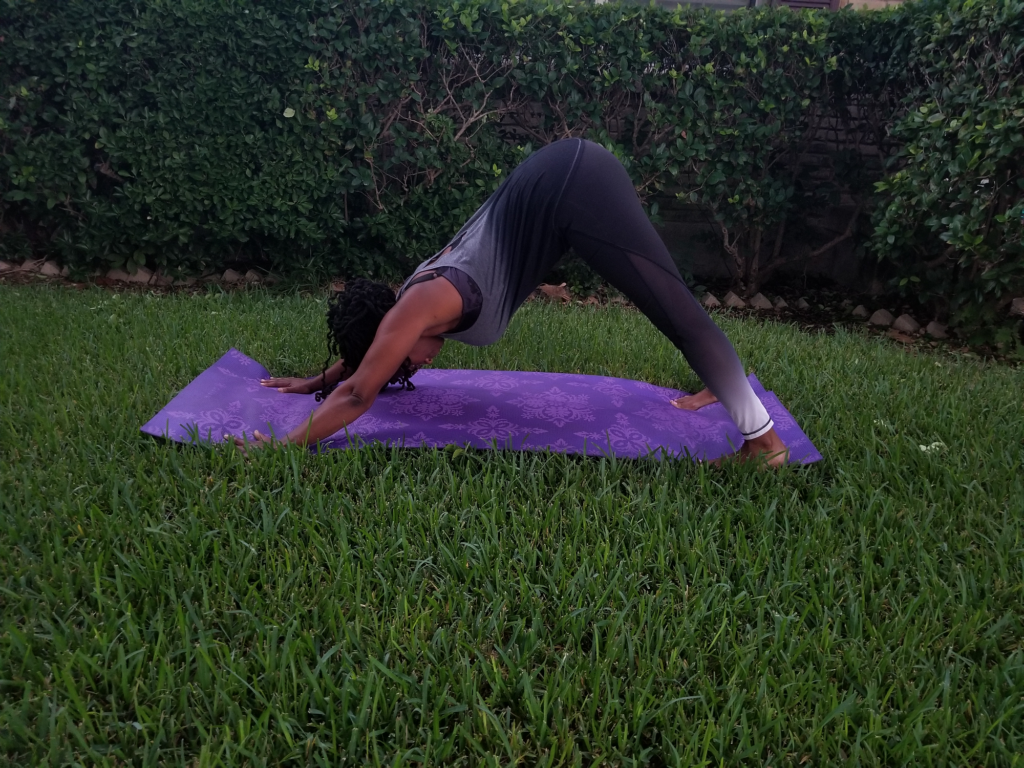
Plow
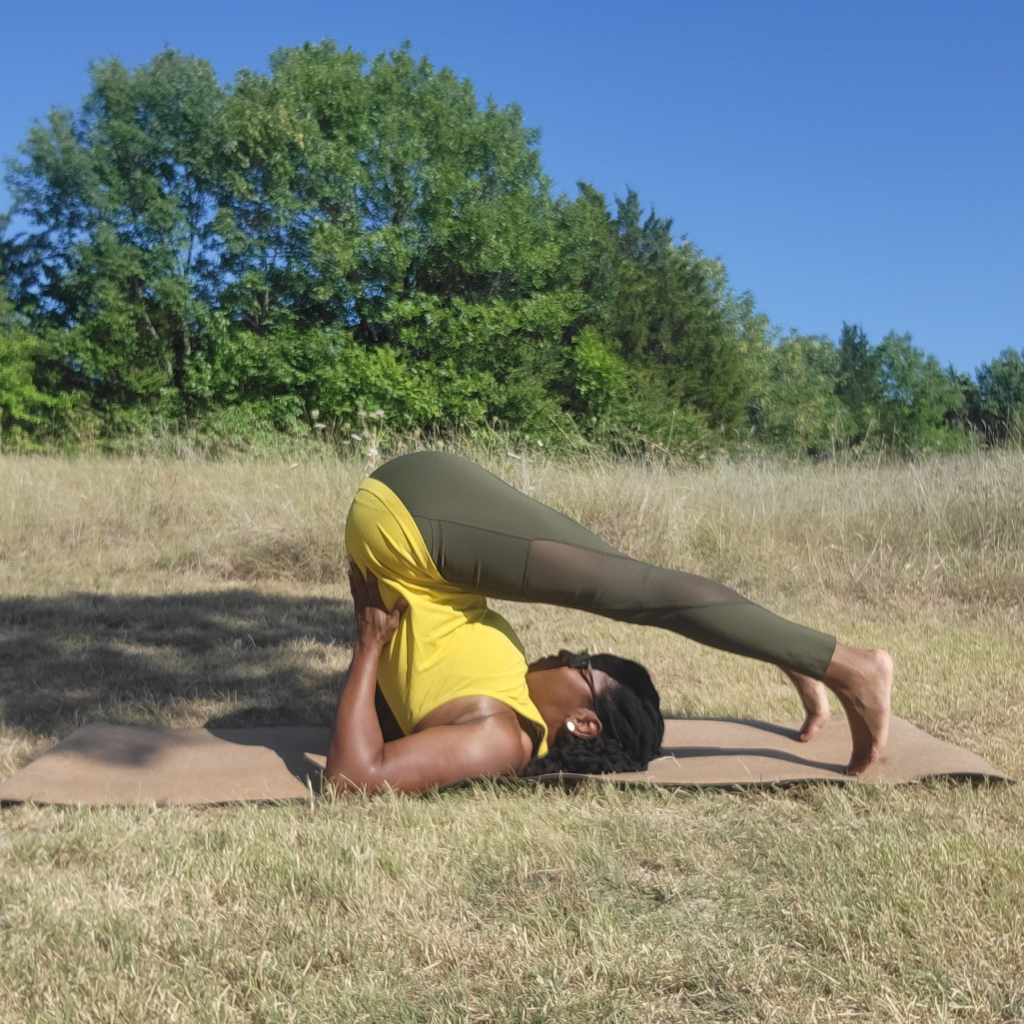
Bridge
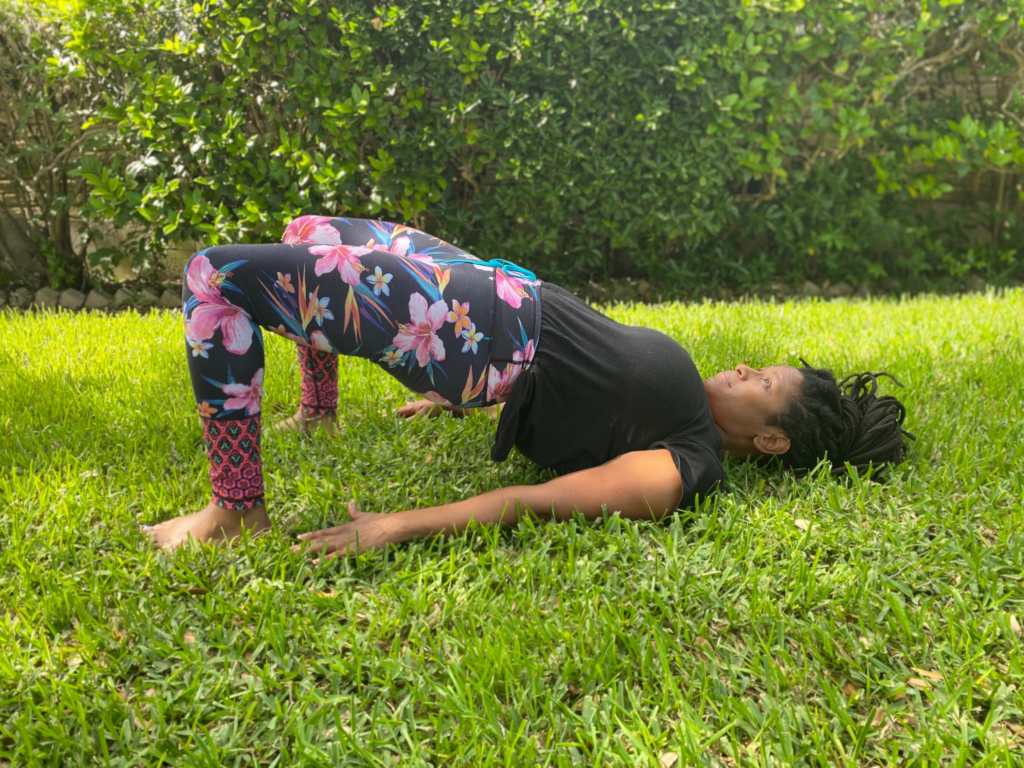
Shoulder Stand
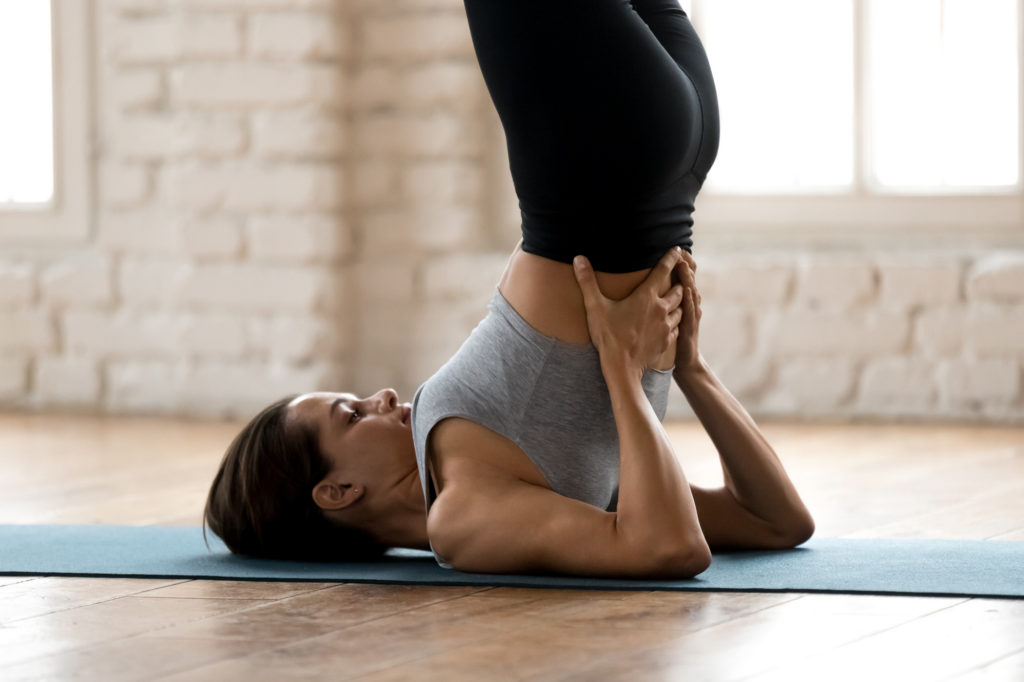
Standing Forward Bend
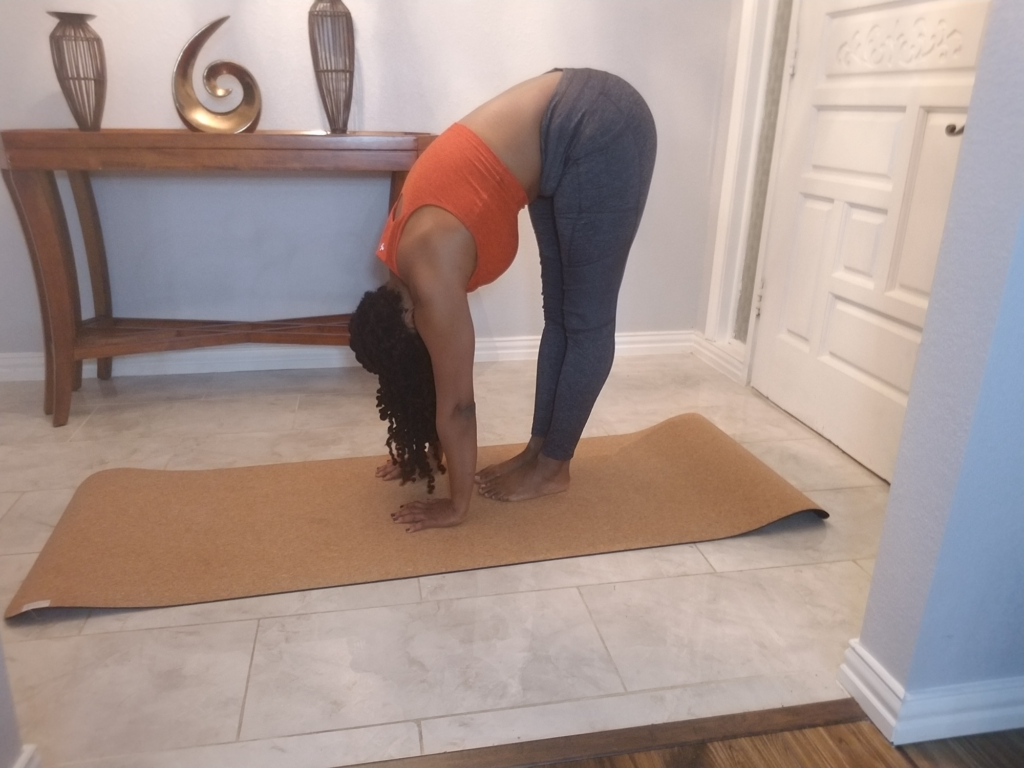
Legs Up the Wall
